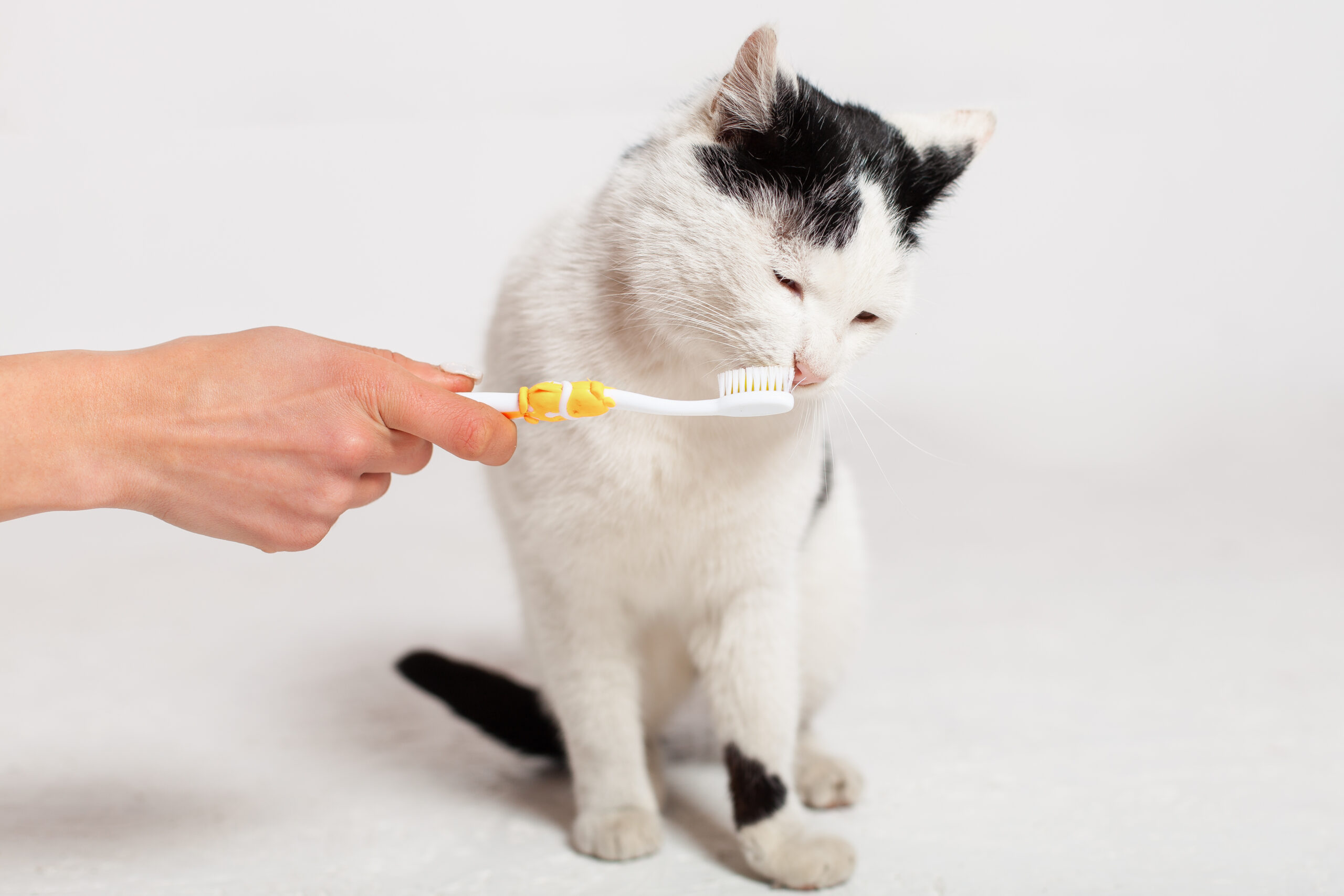If you’re a cat owner, you know the only thing more difficult and stressful than a sick cat is getting them to take their medication. When it comes to oral medication, there are a few methods to encourage your cat to take it. The most effective methods vary, depending on the type of medication, (whether pill, capsule, or liquid) whether it should be taken with food or on an empty stomach, and of course, it all depends on the cat that’s taking it.
If it’s your first time giving your cat a medication, don’t be discouraged by failed attempts. Keep experimenting to figure out a method that works for your pet, and ensure they’re as comfortable as possible while you’re keeping them healthy. Some of the most common ways to provide medication for your cat are the following.
The ‘meatball’ method
This is a great way to give medication that comes in a pill or capsule form, provided your veterinarian gives you the OK for your cat to take it with food. It’s a good idea to talk to them before you attempt this method.
The process is simple. Start by choosing a food your cat likes that can be easily rolled up into a ‘meatball’ shape—this could be your cat’s favourite wet food. If you’re trying this for the first time, it’s a good idea to provide a test meatball first before putting medication in it. This will ensure your cat will actually eat it! Once you’ve found a food that you think will work, place the pill or capsule into the centre of a small ball of food and give it to your cat. The entire ball should be small enough for the cat to eat it in one bite, which improves the odds of your cat swallowing all of the medicine.
The meatball method is a great choice for many situations. However, it may not work if your cat generally chews their food well before swallowing. Cats tend to chew their food, which means they may end up biting into the capsule and tasting the medication. If this happens, the capsule or pill will be partially broken or dissolved and become harder to administer—not to mention that your cat may be less likely to cooperate in the future.
Administering by hand
If the meatball method doesn’t work for your cat, or if the medicine must be taken without food, you may need to administer it by hand. This can be tricky, as cats rarely like to cooperate when they know they’re taking medication. Thankfully, there are a few techniques to know that may make it easier for the both of you.
One thing to keep in mind when giving oral medication to your cat is avoiding a bite. Cats have lots of bacteria in their mouth, and getting bit can lead to an infection, or at the very least, be quite painful. If you are bitten by your cat, clean your wound thoroughly and monitor for an infection.
The key to administering medication to your cat is to be confident, yet calm. You want to keep gentle but firm control over them the whole time. Follow these directions for giving your cat a pill or capsule orally:
- Using your non-dominant hand, keep control of your cat’s head from the top down.
- Your cat’s cheekbones, otherwise known as the zygomatic arches, are a great place to keep a hold on the cat without causing any pain or discomfort.
- From here, tilt the cat’s head back. Assuming you have a firm grasp on the top of the head, the cat will often instinctively drop their lower jaw.
- Hold the pill or capsule in between your thumb and index finger in your dominant hand. You can also use your middle finger to keep your cat’s jaw open, just make sure you push down on the smaller incisor (front) teeth, and not on the sharper canines (fangs).
- If your cat doesn’t open their jaw when you tilt their head back, follow the above instructions after using your middle finger on your dominant hand to pull their jaw open.
- Using your middle finger to keep your cat’s jaw open, either drop the pill as far back on the tongue as possible, or use your fingers to push it towards the back of the throat.
- If putting your fingers inside the cat’s mouth, work quickly to avoid getting bit.
- Once the pill is in your cat’s mouth, use your hands to keep their mouth shut.
- You can stroke the cat’s neck, or sharply blow on their nose. Either will encourage them to swallow.
- You’ve successfully administered oral medication to your cat by hand!
Administering liquid medications
When administering liquid medications, you’re aiming to get it into the cat’s mouth, rather than directly down their throat.
- It’s alright to hold your cat’s head in order to keep them in place, but it’s very important to ensure their head is kept in its natural position, to avoid aspiration.
- Quickly insert the medication via a dropper into the pouch between the cat’s cheek and teeth (on either side of the mouth).
- Then, remove the dropper and hold the mouth closed.
- Stroke their neck or blow on their nose as before until the cat swallows the medication.
- You have successfully administered liquid medication!
If you’re having repeated trouble with giving your cat medication, especially if it’s in pill or capsule form, talk to your veterinarian about the possibility of suspending it in liquid for easier administration. Many medications can be put into a liquid form, but not all of them. Always consult your veterinarian about your cat’s medication.
For tips on providing medication subcutaneously (aka through the skin), be sure to watch our YouTube video below where our staff provides a safe demonstration.*
*Please note: this video was recorded prior to the COVID-19 pandemic and does not fully reflect our staff’s current health and safety standards. For more information on how we are working to keep you and your family safe, please refer to our website’s COVID-19 section.
If you have more questions about keeping up with your cat’s medicine routine, or you’re simply looking to get your furry friend checked out by our team of expert veterinarians, contact us today with your questions or to book an appointment.
Creative Commons Attribution: Permission is granted to repost this article in its entirety with credit to Hastings Veterinary Hospital and a clickable link back to this page.






